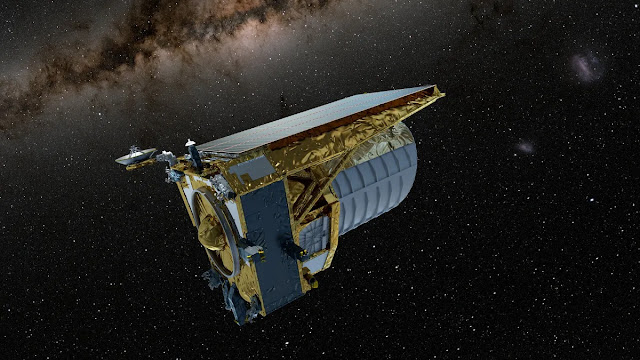The European Space Agency's (ESA) Euclid telescope has offered humanity its first full-color glimpse into the depths of the universe.
This milestone marks a significant leap in our quest to understand the dark universe, comprising the elusive dark matter and dark energy that make up most of the cosmos.
Euclid's mission, launched in July, is to construct a 3D map of the universe by capturing the shapes and distributions of billions of galaxies and star clusters up to 10 billion light-years away.
The 'Hidden Galaxy' comes into view
Stationed about 1 million miles from Earth, alongside NASA's James Webb Space Telescope, Euclid is well-positioned to peer into the cosmic expanse.
The telescope's primary objective is to observe weak gravitational lensing, a phenomenon where galaxies act as magnifying lenses, distorting and often multiplying the light from objects behind them.
Old and new galaxies glimmer in the Perseus Cluster
Since visible matter accounts for only about 10% of a galaxy cluster's total mass, the gravitational lensing effect is believed to be predominantly caused by dark matter. By studying these lensed images, scientists hope to gain insights into the nature of dark matter.
A spray of pink stars in NGC 6822
Euclid's capabilities were first hinted at in July when it sent back images filled with stars and galaxies. The latest full-color images are not only scientifically valuable but also serve as cosmic eye candy, confirming the telescope's readiness for its six-year data collection mission.
The iconic Horsehead Nebula shines in new detail
As Euclid embarks on this journey, it promises to sharpen our view of the universe's dark side, potentially bringing us closer to answering some of the most profound questions about the cosmos.




